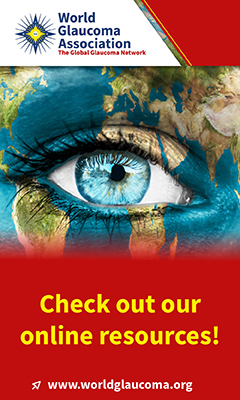advertisement

Abstract #117213 Published in IGR 24-4
Glaucoma drainage device implantation and cyclophotocoagulation in the management of refractory glaucoma after Descemet-stripping automated endothelial keratoplasty
Wang MS; Dong XC; Dong XC; Zheng MY; Fan X; Xiao GG; Hong J; Wu LLInternational Journal of Ophthalmology 2024; 17: 257-264
AIM: To compare the surgical outcomes of glaucoma drainage device implantation (GDI) and trans-scleral neodymium:YAG cyclophotocoagulation (CPC) in the management of refractory glaucoma after Descemet-stripping automated endothelial keratoplasty (DSAEK). METHODS: This retrospective study on observational case series enrolled 29 patients who underwent DSAEK and posterior anti-glaucoma surgery (15 with GDI and 14 with CPC). The main outcome measures were intraocular pressure (IOP), glaucoma surgery success rate (defined as IOP of 6-21 mm Hg without additional anti-glaucoma operation), number of glaucoma medications, endothelial graft status, and best-corrected visual acuity (BCVA). RESULTS: The mean follow-up time was 34.1 and 21.0mo for DSAEK or glaucoma surgeries, both for the GDI and CPC groups. Both groups showed significant IOP reduction after glaucoma surgery. The GDI group presented a significantly higher success rate in IOP control than the CPC group (60% 21.4%, =0.03). Both procedures significantly decreased the number of glaucoma medications (=0.03). Forty percent and 57% of cases in the GDI and the CPC group, respectively, experienced endothelial graft failure during follow-up (=0.36). Significantly worse BCVA after surgery was observed in the CPC group but not in the GDI group. CONCLUSION: Both GDI and CPC significantly decrease IOP in eyes with glaucoma after DSAEK. GDI is preferable to CPC in refractory glaucoma cases after DSAEK, as it manifests a significantly higher success rate for IOP control, similar endothelial graft failure rate, and relatively preserves BCVA than CPC.
Full article

